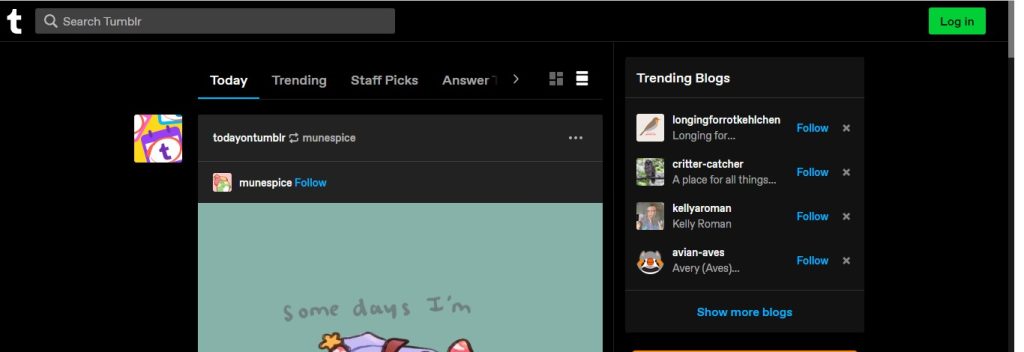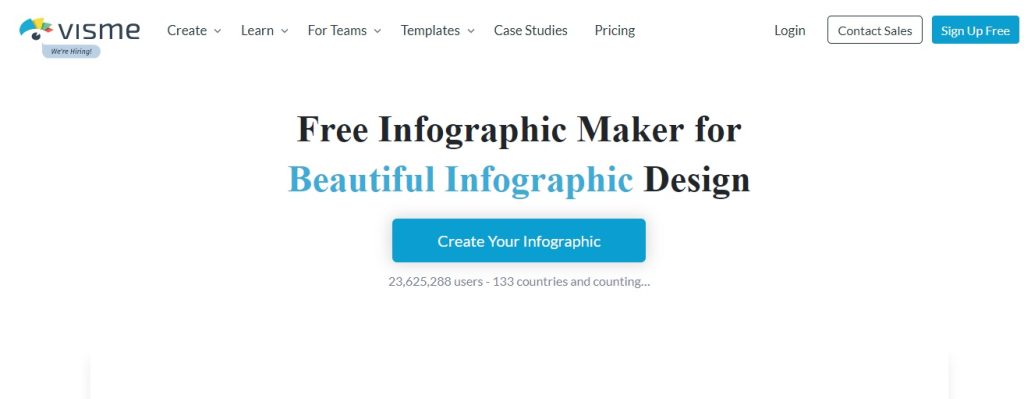Off page seo and its steps
In the realm of search engine optimization (SEO), off-page optimization plays a pivotal role in enhancing a website’s visibility and authority on search engine results pages (SERPs). Unlike on-page SEO, which involves optimizing the elements within a website, off page seo focuses on building a strong online presence through various strategies and techniques. This comprehensive article delves into the essential steps involved in off-page SEO, shedding light on its significance and providing actionable insights to master this crucial aspect of digital marketing.
Step 1: Quality Link Building
Link building remains a cornerstone of off-page SEO. Focus on acquiring high-quality, relevant backlinks from authoritative websites. Link building is the foundation of off-page SEO. High-quality backlinks from authoritative websites signal to search engines that your content is valuable. Here’s a more detailed breakdown:
- Guest Posting: Write informative, original content for reputable blogs in your niche. Include a link back to your site in the author’s bio or within the content if relevant.
- Research authoritative blogs in your niche.
- Craft well-researched, original, and valuable content for guest posts.
- Include relevant, contextual links back to your website.
- Ensure your author bio is engaging and includes a link to your site.
- Broken Link Building:: Identify broken links on authoritative sites, then suggest your content as a replacement, providing value to both the site owner and users.
- Identify broken links on reputable websites using tools like Check My Links.
- Create content that serves as a replacement for the broken link.
- Reach out to site owners, highlighting the broken link and suggesting your content as a solution.
- Resource Link Building:Create comprehensive, valuable resources (e.g., infographics, guides) that other websites would want to link to as references.
- Develop comprehensive, visually appealing resources like infographics, guides, and tools.
- Share these resources with other websites in your industry.
- Offer them as references in their content, which can lead to natural backlinks.
Step 2: Social Media Engagement
Social media platforms provide a dynamic space for engaging with your audience. Here’s a more detailed look:
- Content Sharing:Share your high-quality content across relevant social media platforms to increase its reach and engagement.
- Customize your content for each platform to maximize engagement.
- Use attention-grabbing headlines and visuals.
- Utilize relevant hashtags to increase discoverability.
- Influencer Partnerships:Collaborate with influencers in your niche to tap into their follower base and gain valuable backlinks.
- Identify influencers who align with your niche and values.
- Build authentic relationships by engaging with their content.
- Propose collaborations that benefit both parties, such as guest posts or joint webinars.
- Community Engagement:Participate in relevant online communities and forums to establish yourself as an industry expert. Include links to your content when appropriate.
- Join relevant groups and forums in your industry.
- Offer valuable insights and solutions to establish credibility.
- Share your content when appropriate, focusing on providing value rather than self-promotion.
Step 3: Online Branding
Strong branding enhances your online presence and trustworthiness. Creating a strong online brand presence is essential for off-page SEO success.Here’s a detailed approach:
- Consistent Branding:Maintain consistent branding across all platforms, using the same logo, colors, and tone of voice.
- Maintain uniform branding across all platforms, including logo, color scheme, and messaging.
- Consistency fosters recognition and trust among users.
- Brand Mentions:Monitor brand mentions using tools and engage with users who mention your brand. Convert unlinked mentions into valuable backlinks.
- Use tools like Google Alerts to monitor mentions of your brand.
- Engage with users who mention your brand positively, encouraging potential backlinks.
- Brand-specific Keywords:Optimize for brand-related keywords to dominate SERPs with your own content.
- Optimize content around keywords that include your brand name.
- This helps you dominate SERPs with your own content and minimizes the chance of negative brand associations.
Step 4: Social Bookmarking
Utilize social bookmarking platforms to enhance your off-page SEO efforts:Social bookmarking boosts content visibility. Here’s a more detailed breakdown:
- Platform Selection:Choose reputable social bookmarking sites and submit your content with appropriate tags.
- Choose social bookmarking sites with active communities in your niche.
- Select appropriate categories and tags for your content.
- Engagement:Interact with users on these platforms and build a network, increasing the visibility of your bookmarks.
- Interact with other users’ bookmarks by commenting and sharing.
- Build connections within the community to increase the reach of your bookmarks.

Step 5: Online Relationship Building
Building relationships extends your network and authority. Building relationships within your industry is crucial for off-page SEO.Here’s a more detailed approach:
- Networking:Attend industry events, webinars, and conferences to connect with peers and potential collaborators.
- Attend industry conferences, seminars, and webinars to meet professionals.
- Engage in meaningful conversations and exchange contact information.
- Outreach:Reach out to bloggers, journalists, and influencers for collaboration and mentions.
- Personalize your outreach emails to bloggers, journalists, and influencers.
- Highlight mutual benefits and how your content can add value to their audience.
Step 6: Content Marketing
Content marketing fuels off-page SEO success. Content marketing contributes significantly to off-page SEO.Here’s a more detailed look:
- Content Quality:Create high-quality, shareable content that naturally attracts backlinks for your website.
- Conduct thorough research before creating content.
- Address specific pain points of your target audience.
- Provide unique insights and actionable information.
- Infographics and Videos:Develop visually appealing content that is highly shareable and link-worthy.
- Develop visually appealing infographics and videos that simplify complex concepts.
- Include embed codes to encourage sharing and backlinking.

Step 7: Online Reviews and Ratings
Positive reviews build credibility. Positive reviews and ratings enhance your website’s credibility and authority.Here’s a more detailed approach:
- Encourage Reviews:Prompt satisfied customers to leave reviews on platforms like Google My Business, Yelp, and industry-specific directories.
- Send follow-up emails to customers after a purchase, requesting reviews.
- Make the review process seamless and user-friendly.
- Respond to Reviews:Engage with reviewers, addressing both positive and negative feedback professionally.
- Engage with reviewers, thanking them for positive feedback.
- Address negative feedback professionally, offering solutions to their concerns.
Step 8: Local SEO and Directories
Local SEO is vital for businesses with physical locations. For local businesses, local SEO and directory listings are essential.Here’s a more detailed breakdown:
- Google My Business:Optimize your Google My Business profile with accurate information, images, and customer reviews.
- Optimize your GMB profile with accurate information, photos, and regular updates.
- Encourage customers to leave reviews on your GMB listing.
- Local Directories:List your business in relevant local directories and industry-specific listings.
- List your business in local directories such as Yelp, Yellow Pages, and industry-specific directories.
- Ensure consistency in NAP (Name, Address, Phone Number) information.
Mastering off-page SEO requires a comprehensive approach that involves various strategies, techniques, and continuous effort. By diligently implementing these detailed steps, you’ll forge a robust online presence, enhance your website’s authority, and attract organic traffic over time. Remember, off-page SEO is an ongoing process that requires adaptability to industry trends and consistent value delivery to your audience. Stay dedicated and patient, and you’ll see the fruits of your labor as your website climbs the search engine ranks and gains prominence in your industry.Off-page SEO holds the key to unlocking your website’s true potential in the digital landscape. By






